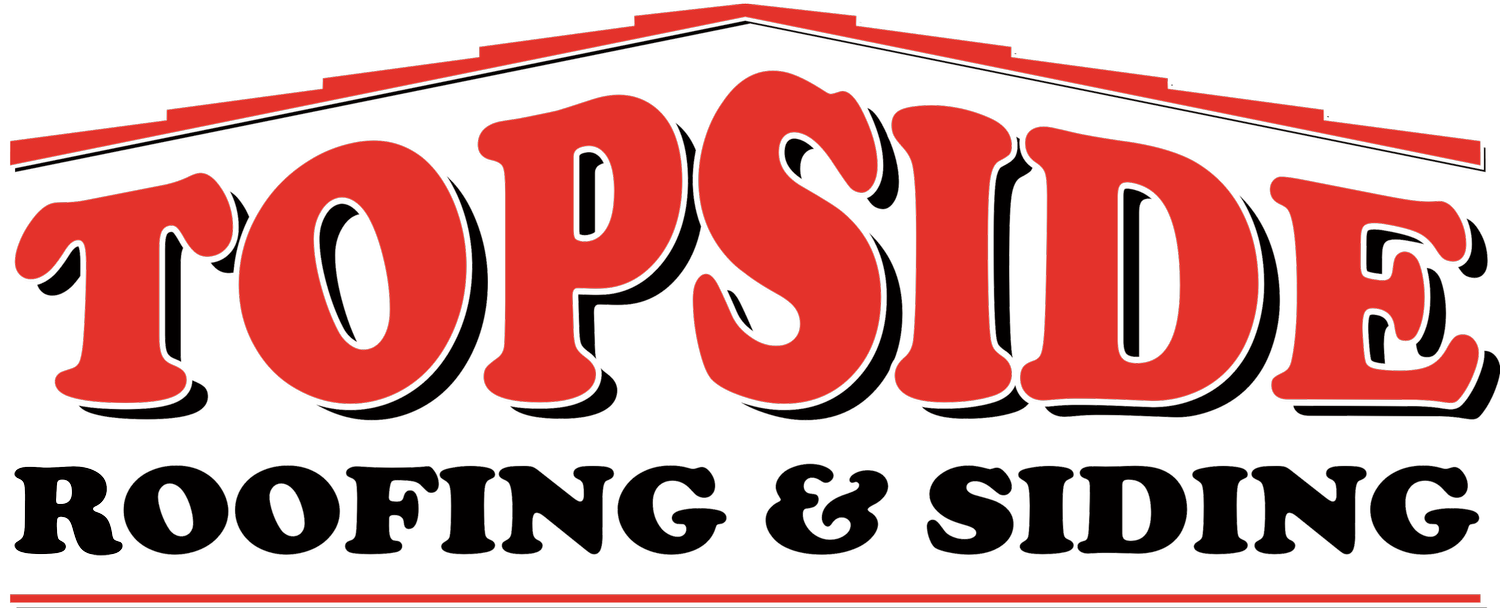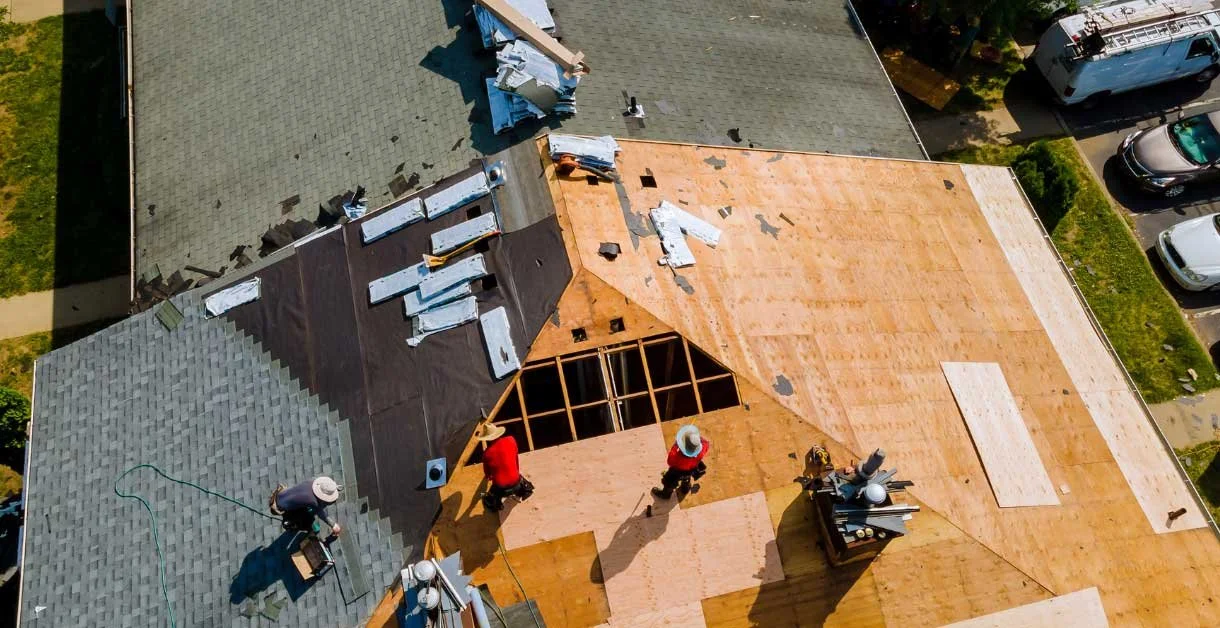Roof Leaks
Causes, Warning Signs, and How to Fix Them Properly
A roof leak is one of the most common — and costly — problems homeowners face. Left unchecked, even a small leak can lead to mold growth, structural damage, and expensive repairs. Understanding what causes roof leaks, how to spot them early, and how professionals repair them is key to protecting your home and extending the life of your roof.
At Topside Roofing, we’ve spent decades diagnosing and repairing leaks across every major roofing system. Here’s what you need to know before a small drip becomes a major headache.
What Causes Roof Leaks?
Roof leaks almost always start small. They can appear months (or even years) before any visible signs show up indoors. The most common causes include:
Aging Materials: Asphalt shingles, sealants, and flashing break down over time, allowing water to seep in.
Improper Installation: Poorly aligned shingles, bad flashing work, or missing underlayment can lead to leaks from day one.
Flashing Failure: The thin metal strips around vents, chimneys, and skylights can loosen, rust, or lift under high winds.
Storm Damage: Wind, hail, and flying debris can puncture roofing materials or dislodge shingles.
Clogged Gutters: Water that can’t drain properly will back up under your shingles and find its way into your roof deck.
Moss, Algae, and Debris: Organic growth traps moisture against the roof surface, slowly breaking down materials.
Each of these issues creates pathways for water intrusion — and once moisture enters your roofing system, it doesn’t stop spreading on its own.
Warning Signs of a Roof Leak
Early detection is the best way to minimize repair costs and protect your home’s structure. Look out for these common warning signs:
Water stains or brown patches on ceilings or walls
Damp insulation or musty smells in the attic
Peeling paint or bubbling drywall
Drips or visible moisture during heavy rain
Mold or mildew growth near ceilings or rafters
Curling, cracked, or missing shingles
If you see any of these, schedule a professional roof inspection as soon as possible. Identifying the true source of a leak takes experience — water can travel along rafters or underlayment before appearing far from the original entry point.
How Professionals Repair Roof Leaks
A proper roof leak repair involves more than just patching the visible damage. At Topside Roofing, we follow a proven step-by-step process to ensure lasting results:
Inspection and Leak Detection – We examine both the exterior roof and the attic to pinpoint the leak’s exact origin.
Diagnosis of Root Cause – We determine whether the issue stems from material failure, installation flaws, or structural problems.
Targeted Repairs – Depending on the issue, repairs may include replacing shingles, resealing flashing, installing new underlayment, or repairing roof decking.
System Check – We confirm that the roof’s drainage, ventilation, and flashing systems are functioning correctly.
Preventive Reinforcement – In some cases, we recommend adding protective coatings or upgrading materials to prevent future leaks.
A professional repair not only fixes the visible issue but also restores the integrity of your entire roofing system.
Temporary Fixes vs. Professional Repairs
When a roof starts leaking suddenly — especially during a storm — a temporary fix might help you minimize immediate damage. Plastic tarps, sealant patches, or flashing tape can help redirect water for a short time.
However, these should never replace a professional repair. Temporary fixes often trap moisture or create uneven drainage, leading to more damage down the road. If your roof is leaking, contact a licensed roofing contractor as soon as possible to properly diagnose and repair the issue.
Preventing Future Roof Leaks
The best leak repair is the one you never need. Preventive maintenance goes a long way toward keeping your roof watertight:
Schedule a professional roof inspection once or twice a year.
Keep gutters and downspouts clear to prevent water backup.
Remove moss and debris before they can damage shingles.
Repair loose flashing and replace missing shingles promptly.
Check attic insulation and ventilation to prevent condensation issues.
Consistent maintenance not only prevents leaks but can extend your roof’s lifespan by several years.
How Long Does a Roof Leak Repair Last?
A properly executed roof leak repair should last as long as the surrounding roof system. When the repair uses compatible materials and the cause of the leak is fully resolved, it can easily last 10–20 years or more.
That said, the repair’s longevity depends on roof age, maintenance habits, and the quality of the original roofing materials. Choosing an experienced contractor is the most important factor.
Key Takeaway

